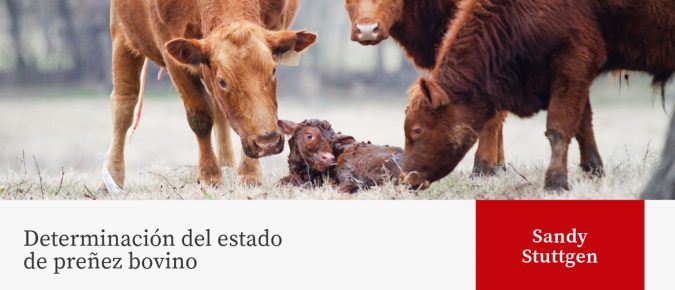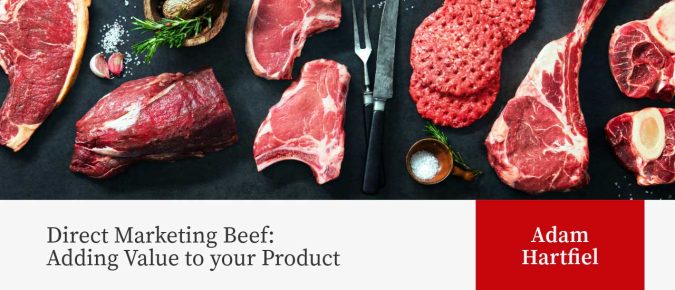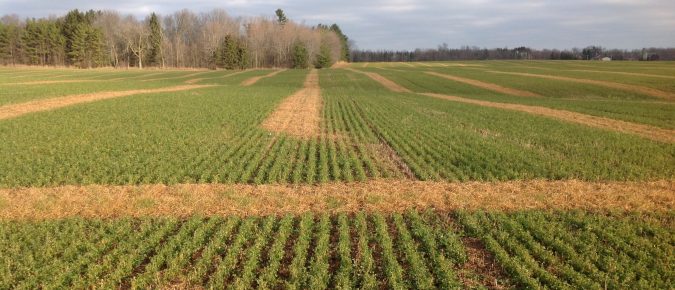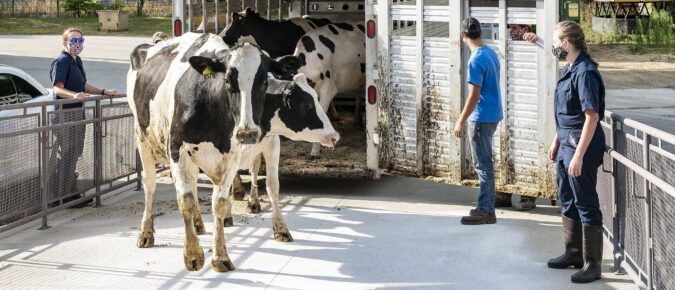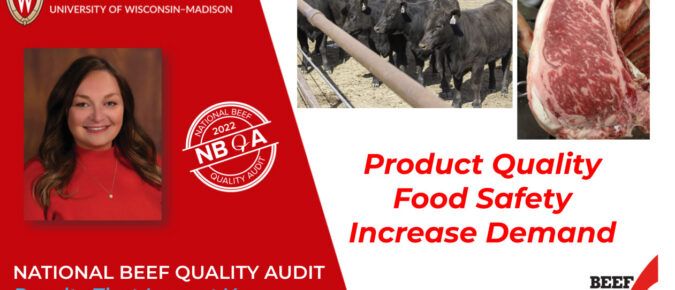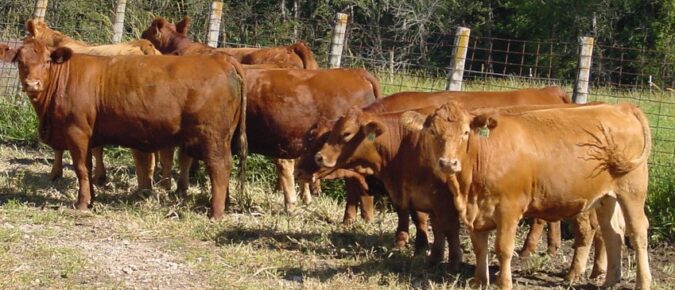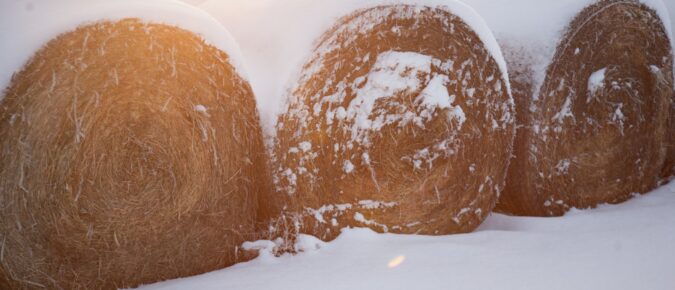Mantener un programa reproductivo exitoso en nuestra moderna operación lechera y de carne requiere dedicación. Si bien es gratificante escuchar un anuncio de preñez, no hay mucho que el encargado pueda hacer con esa información. Excepto esperar.
Finding a way to add extra value to your product may take more time and effort, but in the long run it may lead to a sustainable and profitable option for your beef operation.
A late summer seeding of alfalfa following a spring wheat crop is a great option to maximize seasonal productivity and fits very well as a part of a diverse crop rotation. Aside from the usual considerations when performing a late summer seeding of alfalfa, there are a few considerations to keep in mind when planting alfalfa following a wheat crop: the potential for residual herbicide damage to alfalfa and the impact of volunteer wheat.
Composting can be used for occasional mortality, emergency livestock mass casualties, and disease outbreaks.
Highly Pathogenic Avian Influenza (HPAI) is an emerging issue that poses a significant threat to the health and well-being of dairy herds.
In this video Michaela Clowser, Tammy Vaassen and Bill Halfman discuss the 2022 NCBA Quality audit results with dairy and beef producers.
As the gavel falls on your cattle purchase, do you really know what you bought? Herd additions have inherent risk. Every movement of cattle onto your cow-calf operation—be they cows, heifers, calves, or bulls—brings biosecurity risks to your farm. It is critical to isolate new additions so that any sickness they break with is not shared with your home herd.
Management options that a spring-calving cow herd may consider to get through the winter feeding season when hay is in short supply. The examples given use general assumptions because options and costs vary from farm to farm and over time.
Finishing rations in our part of the country are usually around 10% roughage, give or take, to get energy levels high enough to finish cattle that will meet packer expectations efficiently. Corn makes up much of the remainder of the ration, and this corn is most often coarsely rolled or cracked.
Using the right equipment when vaccinating your cattle requires the right tools. The correct syringes and needles must be used in addition to a well-designed and functioning headgate to restrain cattle so injections may be safely administered in the neck area.

